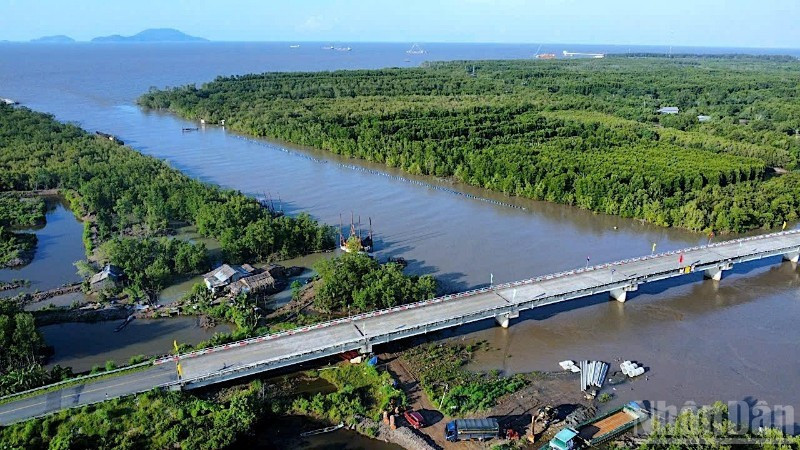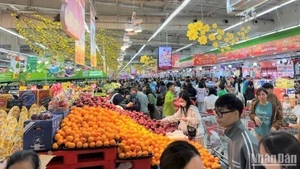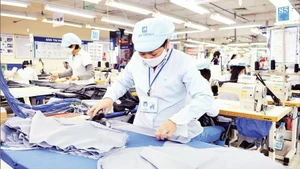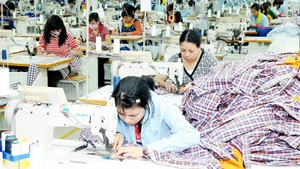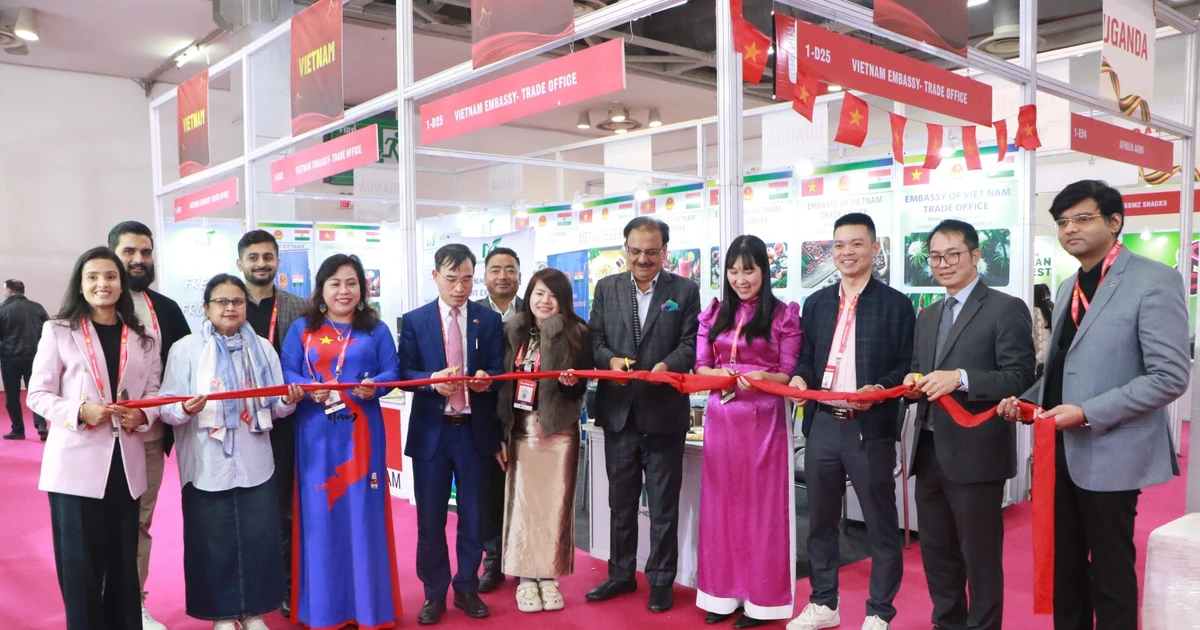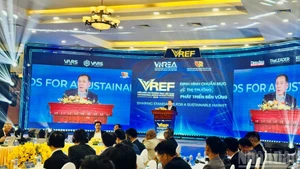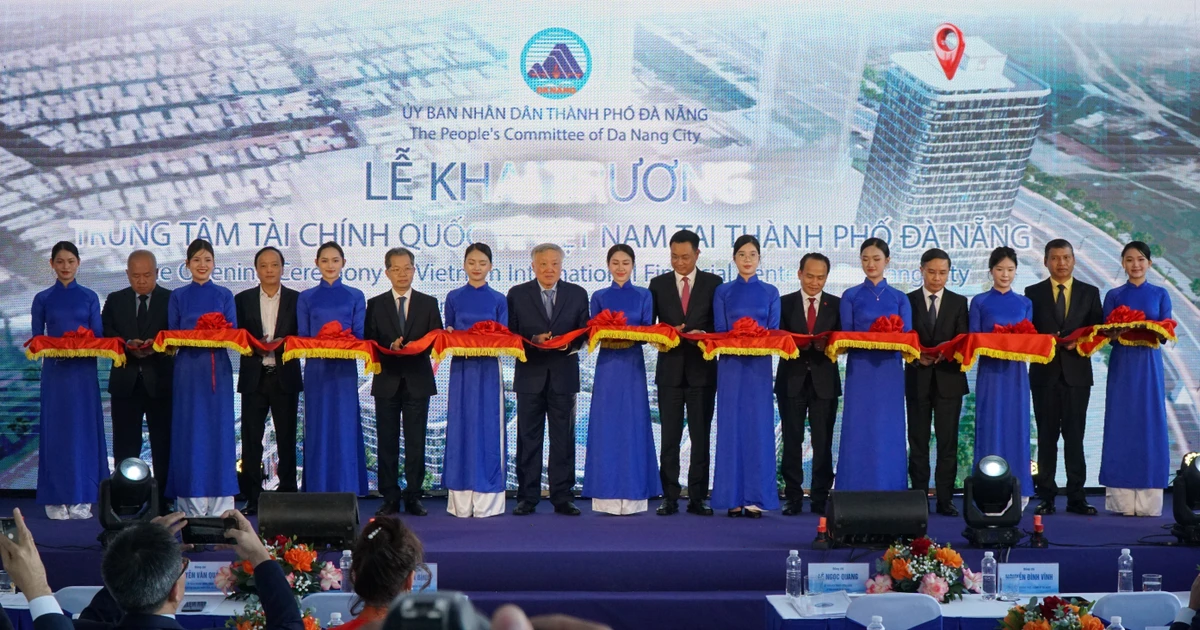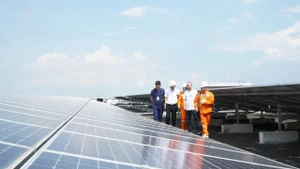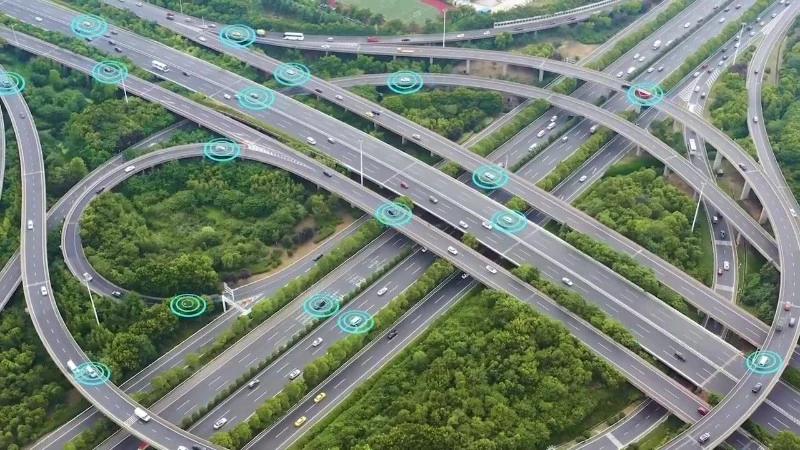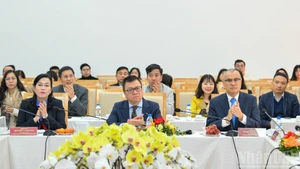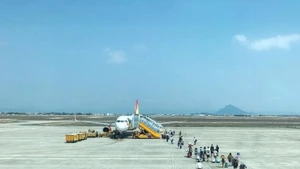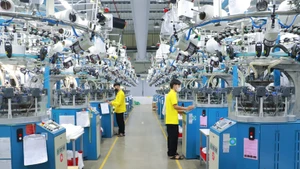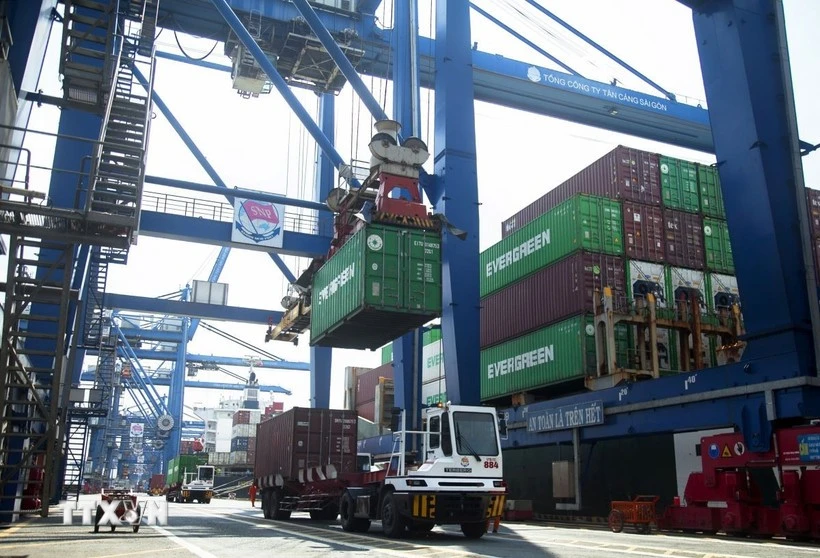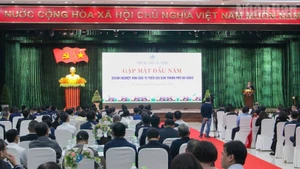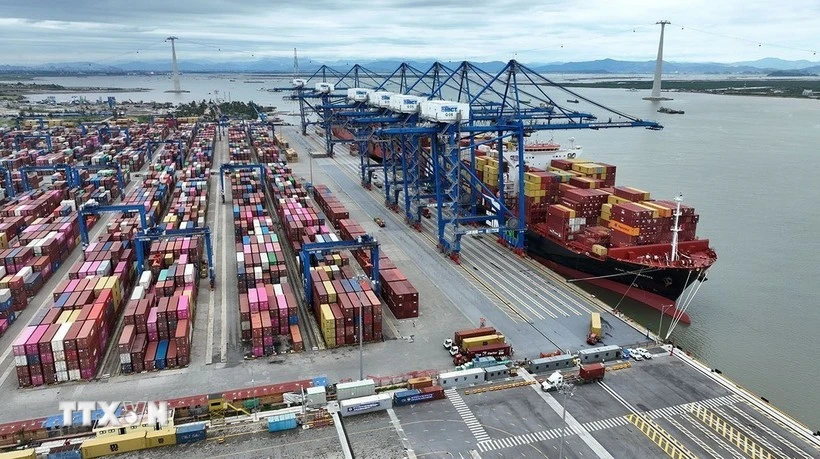The groundbreaking of a series of strategic infrastructure projects, such as the 90 km Ca Mau–Dat Mui Expressway; the 18 km sea-crossing bridge linking with Hon Khoai Island; and especially the dual-purpose deep-water seaport at Hon Khoai, not only raises great expectations for a new growth driver at the southernmost point of the country, but also for the Mekong Delta region and, more broadly, for the national economy.
These are not merely transport works or seaports, they are new “arteries”, carrying the mission of transforming the region’s development landscape in the context that the Mekong Delta has long struggled with unsynchronised infrastructure, high logistics costs and declining agricultural competitiveness.
As the country’s leading producer of rice, seafood, and fruit — contributing more than 90% of rice exports and over 50% of seafood and fruit — the Mekong Delta generates nearly 20 million tonnes of goods each year that need consumption and export. Yet, most of these goods must be transported to Ho Chi Minh City or ports in the southeastern region for export, inflating transport costs and reducing farmers’ and enterprises’ profits.
The biggest bottleneck for decades has been the lack of a proper deep-water seaport capable of receiving large vessels and located close to international shipping routes. Cai Cui Port (Can Tho) and the project to dredge a large tonnage channel into the Hau River were once expected to solve this problem, but after a short period of operation, the plan had to be suspended due to sedimentation, preventing large ships from entering. Thousands of billions of dong were invested but have yet to bring an effective result, while the region’s logistics puzzle remains an endless cycle without a solution.
In this context, the emergence of the Hon Khoai deep-water seaport offers a new opening for the Mekong Delta. Not only is it close to key maritime routes connecting the Indian and Pacific oceans, it can also accommodate vessels of up to 250,000 DWT — an impressive and strategically significant figure.
Hon Khoai has every potential to become an international transshipment port, similar to the roles Singapore and Malaysia currently play. Proximity to international shipping routes not only offers a locational advantage but also an opportunity to attract global logistics enterprises to establish new supply chains, thereby elevating Viet Nam’s maritime economic standing.
To realise this vision, a well-prepared strategy is required. Relevant ministries and sectors need to urgently review and adjust planning to include Hon Khoai Port in the national system of key seaports. At the same time, provinces and cities in the Mekong Delta must proactively link up with institutes, universities, and enterprises to train human resources — the region’s chronic weakness — to meet the demands of developing modern logistics services.
An international logistics hub cannot be developed without high-quality human resources. Agricultural competitiveness cannot be raised if farmers are left to “fend for themselves” in consumption. And the region cannot be expected to rise if its connectivity infrastructure remains fragmented and disjointed.
Although it will take three years before these projects are completed, now is the time to prepare for a new development mindset. The Mekong Delta must be seen not only as the country’s “rice bowl and fish basket”, but also as a logistics hub and strategic export centre in the global supply chain. At that point, Ca Mau will no longer be the most remote place on the development map. It will be an attractive destination and a new growth pole of the southern region, where the phrase “southernmost point” no longer evokes remoteness, but rather a strong aspiration to reach the vast oceans and expand globally.
